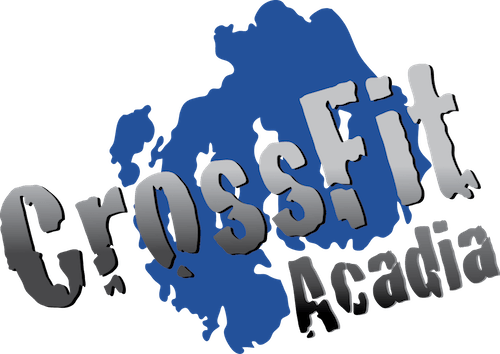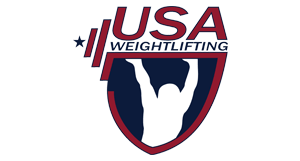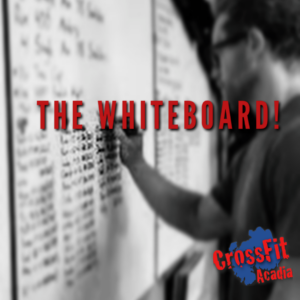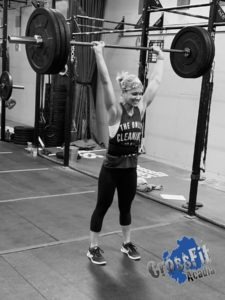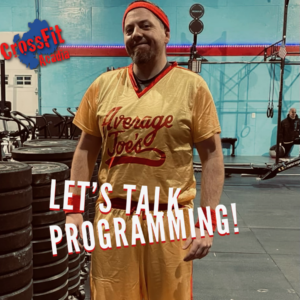
I’ve seen posts and photos more and more frequently on social media with clickbait about programming and what the average person needs. Some say, “Why (Fill in the blank movement) shouldn’t be in a workout program,” “You shouldn’t call your clients athletes,” or whatever other negative title will get someone to click on the link. I get it. They are all trying to sell something, but the constant barrage of do’s and don’ts creates confusion in an already confusing fitness world.
So let’s break down exercise, training, and what the average person needs. When I say average, I understand it is hard to define. After all, we are so different. Or are we? We all are human. We move through the day similarly, some just more than others. We squat, hip hinge, push, pull, and display rotational and cross-crawl patterns. We can observe some facts about putting an exercise program together. Look online, and these pieces are a part of all exercise programs. It should include flexibility training, cardiorespiratory exercise, and weight-bearing/strength training. This can all be considered general physical preparedness training, AKA what the average person needs. This training will help the average person get through their day-to-day easily.
When we start looking at movements, rep sets, and durations, we are getting into the specifics of the programming. So what makes a successful program?
Most importantly, it’s one that someone will stick with and maybe even look forward to. To say that a client, aka average joe, shouldn’t train using the same type of workout as a professional athlete would imply that there is physically an inherent difference between a pro athlete and an average joe. This just isn’t true. After all, humans all move the same way. To go one step further, I would say the main difference between pro athletes and average joe athletes is that the average joe doesn’t have the same team behind them keeping them gameday ready and has not laid their life out in a way that allows them to recover enough to handle the loads and volumes of the pro. However, any average joe has it in them if they so choose.
I prefer to call my clients athletes instead of clients. I made this decision when I looked up the definition in the dictionary; it simply stated, “one who trains” Trains, for what, you might ask? I say my athletes train for the sport of life. Their own individual sport, and I’m just here to help guide them along the way. So, if you have a program that you follow, then follow it to a T. If you don’t understand it or the movements that go into it, then ask. But if it is helping you in the sport of life, ignore the clickbait and enjoy the ride.
